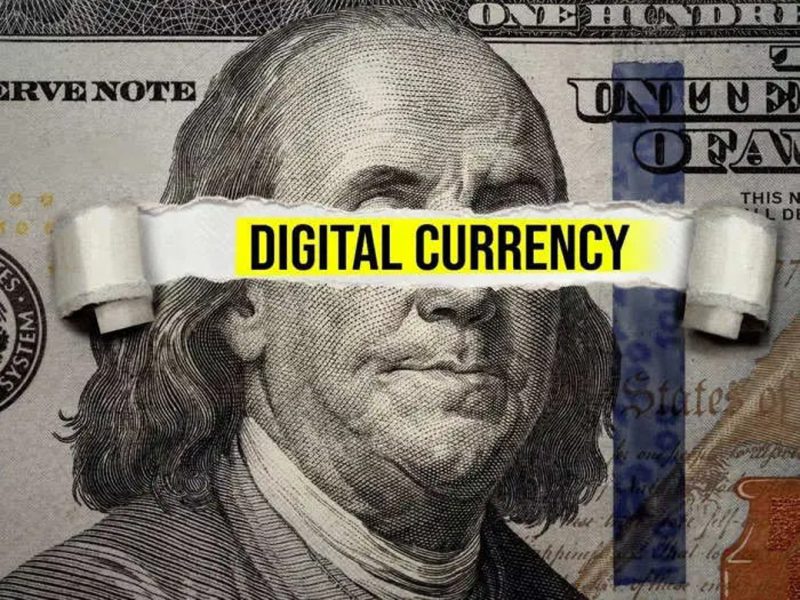BRICS member China is testing the digital currency bridge (mBridge), and in the pilot tests, settled payments in just 7 seconds with Abu Dhabi. The implications are profound here, as the US and Western-dominated SWIFT payment messaging system takes a 3 to 5-day window to settle payments. In addition, transaction fees on the mBridge are 98% lower compared to the Western-backed SWIFT network.
The People’s Bank of China (PBOC) is testing the mBridge, which uses the digital yuan for settlements. The PBOC announced that it would first support the digital currency bridge with all 10 ASEAN countries, and later on, be associated with other BRICS members. Apart from Abu Dhabi, China is running pilot tests of the digital currency bridge with the broader UAE and Thailand.
Also Read: Historic BRICS Grain Exchange Pilot by Russia Targets US CME Monopoly
BRICS Digital Currency Bridge (mBridge) Can Usher the World Into a New Financial Era


If China enables a digital currency bridge to BRICS countries, it would eliminate intermediary banks in New York or London. For countries that worry about US sanctions and tariffs, the new payment system is a glimmer of hope. SWIFT cannot offer this level of monetary sovereignty and could make the mBridge the go-to payment option.
After BRICS member China enables the digital currency bridge to ASEAN, it would cover 38% of global trade volume directly; the numbers would increase after other countries are onboarded. It would break the backbone of the US-dominated financial sector. The upcoming decade would be a much different landscape that could change global finances for good.
Also Read: Warren Buffett’s US Dollar Outlook as BRICS Gains Ground
China’s digital currency bridge isn’t just experimental; the Communist country aims to replace the Western-dominated financial system. Several developing countries are open to ending reliance on the US dollar and displaying support for local currencies. It would not be a surprise if local currencies strengthen further in the next decade.





